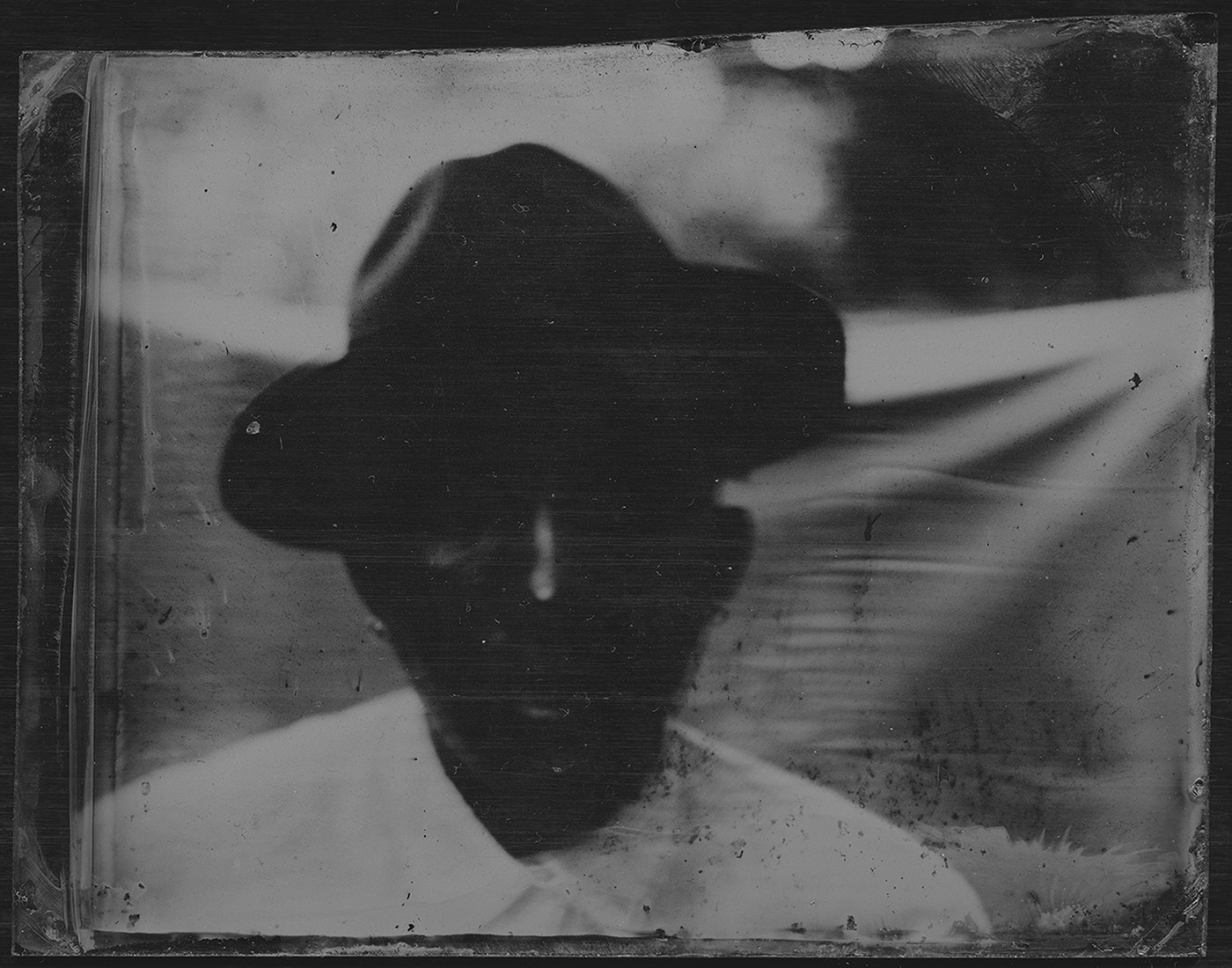Alright – so today we’ve got the honor of introducing you to Felicita Felli Maynard. We think you’ll enjoy our conversation, we’ve shared it below.
Felicita Felli, thanks so much for taking the time to share your insights and lessons with us today. We’re particularly interested in hearing about how you became such a resilient person. Where do you get your resilience from?
Resilience: the capacity to withstand or to recover quickly from difficulties; toughness;
It sometimes weighs on my heart how much resilience is a word used when talking about Black communities and other communities of color. Black women and fems hear it so often. Resilience, in my opinion, can sometimes be a way of silencing people and communities.
The strength and ability to overcome is a product of all the Black women and fems that have held me from past, present to future. I bring my mother, Ana Rosa Castillo, into the space, who continues to nurture me beyond the grave. Women like my adopted aunties, grandmothers, and friends have shown me the different ways of exercising grief, joy, rest, and loving myself. For that, I will always be grateful.
Let’s take a small detour – maybe you can share a bit about yourself before we dive back into some of the other questions we had for you?
I am a first-generation Afro-Latine interdisciplinary artist, archivist, and researcher. I work across many forms of photography, sculpture, installation, and sound. I explore and critique how individuals of varying identities, concentrating on the African diaspora’s past, present, and future, create their pieces of evidence within history. The result is a direct analysis of how structures of colonialism, capitalism, and time have directly impacted and shifted the way descendants of the African diaspora experience space. Currently, I work from New Orleans and New York City.
In the series Ole Dandy, the Tribute, there is a duty to navigate ideas of truth and ethical representation within the physical. There is also an interest in exploring memory and its connection to this idea of non-linear time. An intense desire exists to activate the archive and treat it as a multi-dimensional space. In the book Yabo, Harlem-born writer, poet, and activist Alexis De Veaux beautifully describes memory’s expansiveness in the chapter, The Succulent Membrane. She states,
“History is a black hole.
Black holes have membrane to prevent escape unaltered.
Black holes may be portals to other histories.
Narrative.
What is now is the same as before: language, dimension.
Like a goddess or god: appearing differently or not at all.
Depending on which direction.
Imagine a history that was unheard, not repeated.
A theory of darkness, without light, color, shadow.
Succulent.”
The archival objects/glass plates I create use the wet plate collodion process from the mid-nineteenth century. I use it as a tool to actively participate in multiple dimensions of time and as stand-ins for the gaps I am attempting to fill within the historical narrative. I am using this alternative memory that De Veaux speaks of to create worlds that offer the ability to transcend misconceptions while also placing importance on using this memory as a method of survival. This work is intuitive and is for future generations; they are active relics. There is an intimacy between myself and the subject when shooting wet plate collodion. Exposing and processing the plate must be done before the plate dries. Collodion, the main chemical in the process, is homemade from raw materials. The way each plate is coated with collodion reflects my hand, my signature. The collodion process is very temperamental and unpredictable, yet I work with chemicals to create images amidst this. I coat each plate, sensitize it with silver nitrate, expose it, process it, and then varnish it. Every plate is different, making each one of a kind.
At the moment, I have been really excited about getting back to creating work after taking some rest post grad school. I’m an archivist at the Preservation Hall Foundation in New Orleans. I am also a fellow with the Diaspora Solidarities Lab working with the Black Louisiana History Incubators.
If you had to pick three qualities that are most important to develop, which three would you say matter most?
Consistency – a little bit everyday, that is all that matters Patience – your journey is your own, specifically related to time
Rest – however that looks like for you
Any advice for folks feeling overwhelmed?
Revitalizing Water Ritual You need: Water, a glass, calm energy, a moment of your time.
Take a drinking vessel and fill it with water. Hold the vessel in your hands and concentrate. Say the names of your loved ones, spirit guides, past ancestors. Allow them to channel through you, with the connector being the water. Breathe deeply as you collect and feel their energies. Allow this energy to flow to your fingertips and then to the glass of water. Drink the water and allow it to recharge you. Feel it as it slides down your throat into your chest and then into your stomach.
Allow it recharge you, revitalize you.
Contact Info:
- Website: www.photofelli.com
- Instagram: Photofelli








Image Credits
Felicita Felli Maynard




